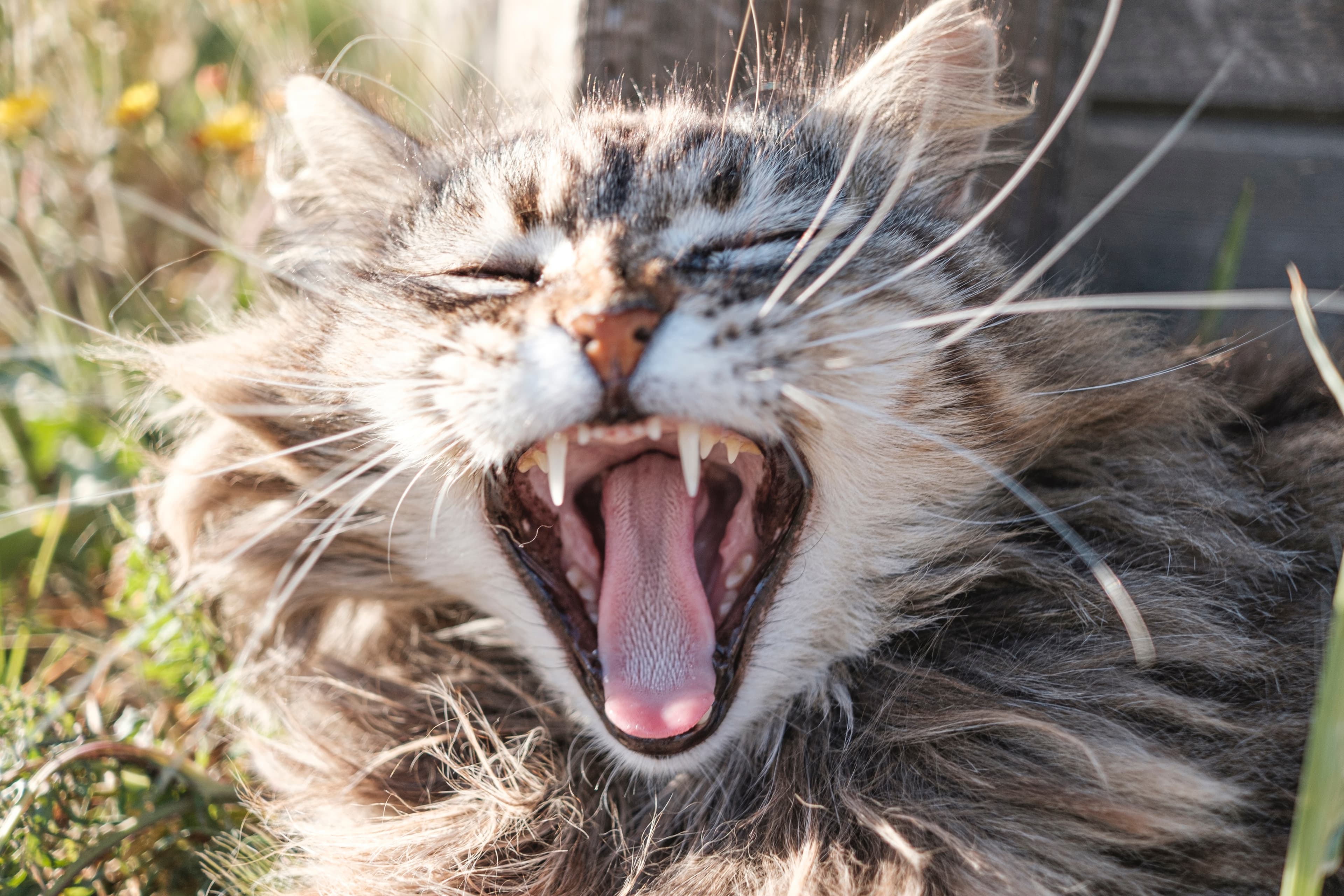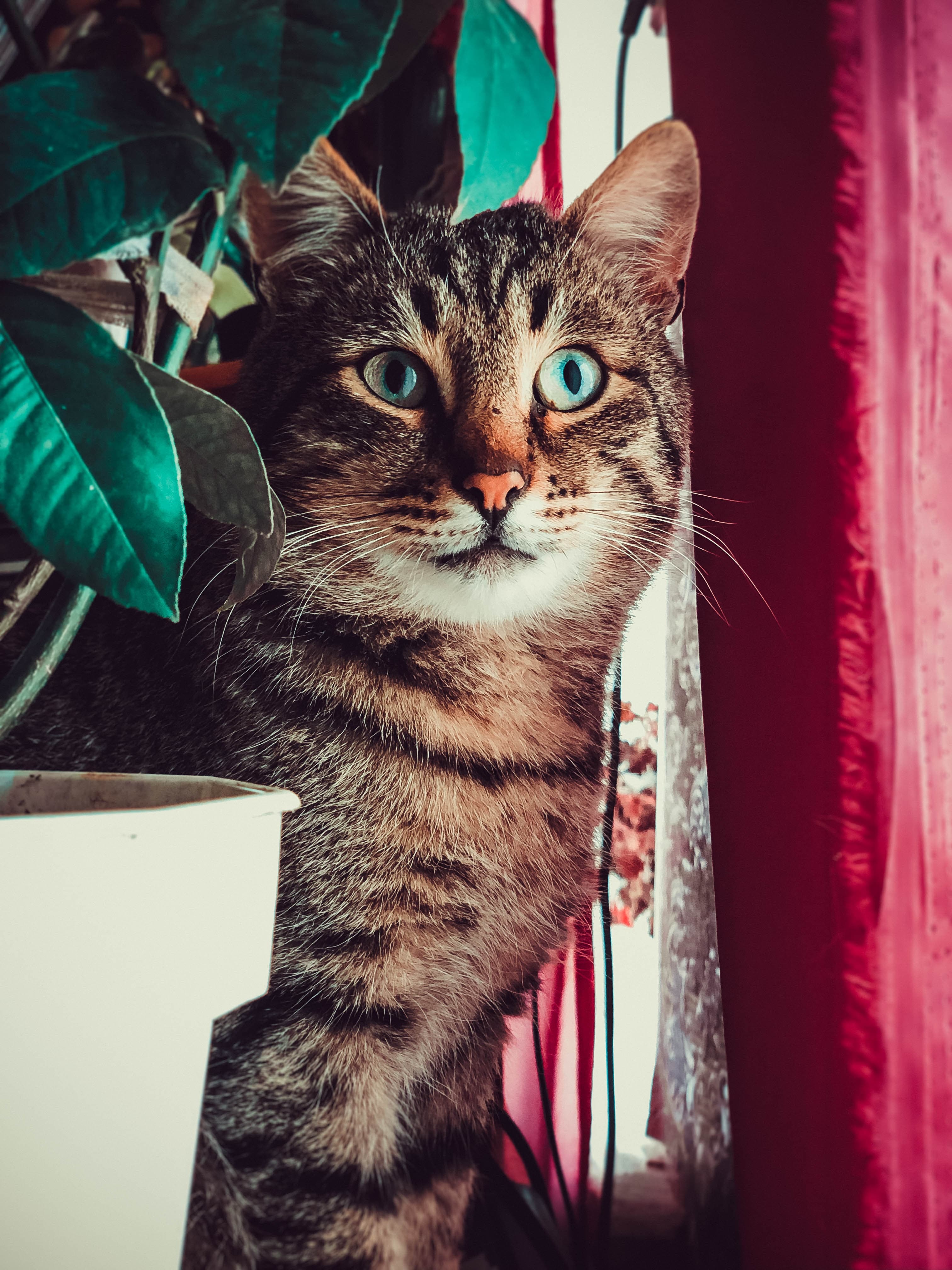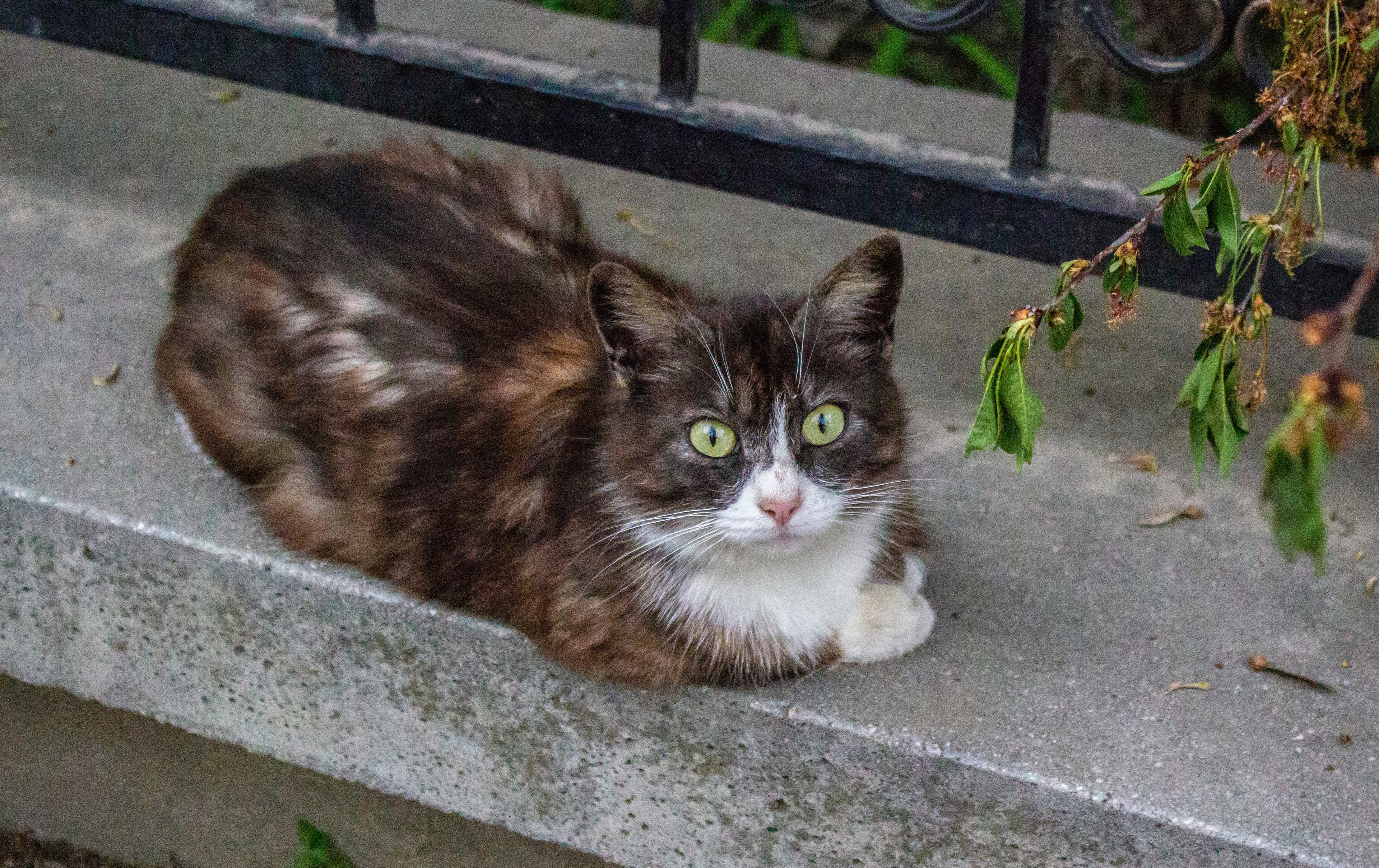Brush your cat's teeth
Brushing your cat's teeth is incredibly important, and is something that all cat owners should make sure to do from time to time, at least regularly, but preferably daily if possible. This is especially important as brushing helps to keep your cat's oral health in check, just as it does for us humans. By continuously brushing your cat's teeth, you can not only improve its oral health, but you can also prevent a whole range of diseases that might otherwise occur. Whether you have a male or female cat, outdoor or indoor, age or breed, your cat's teeth should be brushed. Below we go through everything you need to know about brushing your cat's teeth!
Why is it important to brush your cat's teeth?
As just mentioned, brushing your cat's teeth is very important for a number of reasons. One very crucial one is that the formation of plaque coating on the cat's teeth, which is then not removed but builds up and becomes hard tartar, can contribute to the development of tooth loss. If you brush your cat's teeth instead, the plaque will disappear, which will also reduce the risk of tooth loss.
In addition, brushing also helps to improve the cat's overall oral health, keeping the teeth clean, fine and strong, and keeping breath in check. Brushing your cat's teeth will also allow you to see quite clearly if something doesn't look right, catching any problems early on that are likely to need veterinary attention.
If your cat is in pain or if there is any damage, you are also likely to notice it. This way you can make sure your cat stays healthy and well, while avoiding expensive veterinary bills.
When should I brush my cat's teeth? And how early can I start?
Make brushing a habit and brush regularly, preferably every day. It's important that brushing is done properly, and that your cat is comfortable with it.
To get your cat used to brushing, it's a good idea to start the habit at a very early age - the earlier the better. So you can start gently as soon as your kitten comes into your home. This is mainly to get into the routine of brushing teeth and to get the cat used to handling them. However, taking a break during the period when they are losing/changing their teeth can be helpful as the kitten's mouth is often sensitive at that time. However, it is important to note that adult cats can also be accustomed to brushing. So it's never too late to start, even if you didn't get the chance to teach your cat at an early age.
What do I need to brush my cat's teeth?
In order to brush your cat's teeth in the best possible way, both in terms of technique and results and in terms of comfort and reassurance for your cat, the following tools are essential:
A soft toothbrush or fingertip, alternatively a compress or gauze wrapped around your finger. Lassie cat parents recommend this toothbrush for cats.
A toothpaste that the cat likes if you don't want to just brush with water, preferably a flavoured dog or cat toothpaste (never use the same toothpaste as you use yourself).
How do I brush my cat's teeth?
When brushing your cat's teeth, it's important to get it right. To get the best results, and to make your cat feel safe and comfortable, it is important that you use the right method and technique. There are therefore a few things to keep in mind when brushing your cat's teeth:
The basics are crucial
Providing the right conditions for your cat to feel comfortable with the toothbrush is incredibly important, both for your own sake and for the results to be as good as you want them to be. Thus, you should not force the cat to do anything or use violent manoeuvring in your methods. Instead, brush on your cat's terms, and make sure you get your cat used to the feel, the movements and the tools before you really get started. Another tip is to make sure you don't sit directly in front of the cat. Instead, the cat should have a clear path out - this creates a sense of calm and freedom. And, as I said, don't hold the cat, feel it and be patient!
Learning and brushing method
To get your cat used to brushing, and eventually to get a good technique, you can start by stroking your cat along the cheek. This is a movement that cats are often very comfortable with as they do when stroking along something. So start by doing this for a few days to get the cat used to it and to make it clear that it is a positive thing.
Once the cat is used to sitting still while you stroke its face, you can slowly but surely replace the finger with a toothbrush. Then just keep stroking the cat until the toothbrush is not "dangerous", unfamiliar or distracting. When it's fine, you can then start occasionally rubbing the brush or finger along the cheek teeth while stroking.
The more days go by, the longer you can take it, i.e. from strokes on the face to strokes on the cheeks, teeth and in the mouth. The more you practice and the more patience you have, the better it will go. Eventually you will be able to brush your teeth without any problems. However, make sure you never force anything, and that patience is the key to success here.
Supplements
There are some supplements sold that are said to help with dental problems in cats. However, these have limited effect. Daily tooth brushing is what has been shown to work as a preventative treatment for tartar, tooth loss and inflamed gums. Consult your vet for further information on if you feel unsure about your cat's oral health and dental status!






